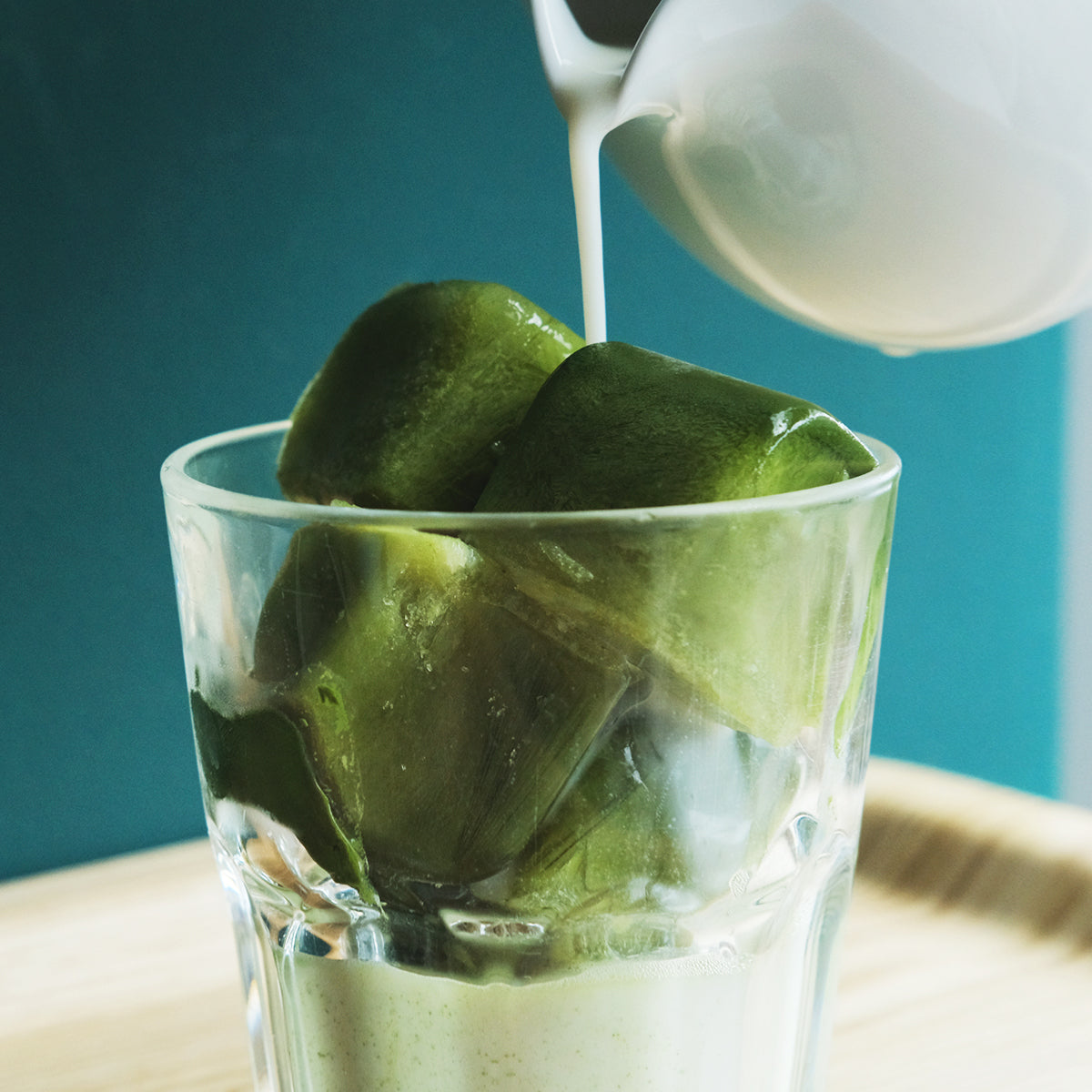Have you ever considered that something as integral to your daily routine as your bra may be a major health risk - negatively affecting your bodily processes - which in turn over time may be the cause of cancer?
Independent studies in 2015 and 2016 further discussed the link between bras and breast cancer. Read our interview with a leading researcher on the topic, author and director of the Institute for the Study of Culturogenic Disease, Sydney Ross Singer, to find out:
- What actually goes on in your body when you wear a bra
- The populations around the globe that don’t wear a bra
- The studies that link bra and breast cancer, including an alarming 2016 study
- What happens when you take off the bra…

It’s one of those subconscious feelings that many of us women may have – that something we wear for hours on end that alters the shape of our breasts and continuously presses our breast tissue – cannot be all too healthy. However, because wearing a bra is accepted to be a norm in today’s society we brush this feeling off as one of those old wives’ tales.
Maybe we shouldn’t after all…
After an alarming study done in Brazil earlier this year – that linked wearing bras and breast cancer, we caught up with one of the leading researchers on this topic – Sydney Ross Singer to find out more.
Sydney is an author of numerous books and a pioneer of applied medical anthropology. He is also the director of the Institute for the Study of Culturogenic Disease and the Good Shepherd Foundation, which is dedicated to human, animal, and environmental health.
He has spent many years researching the link between bras and breast cancer. He ran a Bra and Breast Cancer Study and published a book on this topic co-authored by his wife Soma Grismaijer - Dressed to Kill: The Link Between Breast Cancer and Bras. His background in medicine, biology, biochemistry, anthropology and medical humanities allowed him to examine the cultural causes of disease.
This is Part 1 of our interview with Sydney – he shares his eye-opening research and conclusions here with you on Choc & Juice. Make sure to check out Part 2 of the interview for more.
C&J: How did you come across the topic of the health effects of wearing a bra? What made you dig deeper into researching it?
Sydney: My wife, Soma, discovered a lump in her breast, making breast disease a personal problem for us. We made the shocking discovery in Fiji while doing some fieldwork on an unrelated topic.
Coincidentally, about a week earlier Soma had been hanging some bras on a line to dry. We were on a remote island and bras were a rarity, so a young Fijian woman asked what the bra was and why women wear them. She then asked if it's tight. Soma reflected and answered, “I suppose it is, but you get used to it.”
We quickly returned to the US after discovering the lump. Soma was also pregnant at the time, so we were cautious about getting x-rays or taking any medications. After the long flight she took off her bra to take a shower, and we both looked at her breasts hoping to find a clue as to the cause of the lump.
We noticed red marks and indentations around her breasts left by the bra, which we had seen before but which now seemed like important clues. These were signs of constriction.
Could constriction cause breast lumps and cancer? We began to formulate a theory and research project.
Soma immediately removed her bra. Within a few months the lump disappeared. But our research continued, which ultimately helped us discover that wearing tight bras for long hours each day is a leading cause of breast disease, including breast cancer.
C&J: What happens to the body when you wear a bra?
Sydney: The bra is designed to alter breast shape, and it does this by applying constant pressure to the breast tissue. This pressure pinches the thin lymphatic vessels within the breast, impairing the lymphatic circulation.
This causes fluid and toxins to accumulate in the breasts, which results in breast pain and cysts. It also prevents the proper cleansing of the breast tissue, resulting in toxin accumulation.
Bras impair lymphatic circulation in breasts causing toxins to accumulate, resulting in cysts.
Over time, this can cause cancer.
Keep in mind that the lymphatic system is the circulatory pathway of the immune system. Without proper lymphatic drainage, the breasts cannot be effectively cleansed of waste products, cancer cells, viruses, bacteria, cell debris, and other products that are normally flushed away.
The tissue gets deprived of oxygen and nutrients as well. And any toxins we consume in our polluted air, water and food, as well as toxic medications, cannot effectively be flushed away from the breast tissue.
Some of these toxins are also carcinogenic…The bra concentrates these toxins in the breast.
C&J: How is wearing a bra linked to breast cancer (or other cancers)?
Sydney: Tissues that are low in oxygen and high in waste products and toxins have a higher chance of developing cancer, as well as other diseases. It is the job of the lymphatic system to prevent this problem.
However, bras can interfere with lymphatic function, and over time this takes its toll on health.
C&J: Have there been any studies linking wearing a bra to cancer?
Sydney: Our 1991-93 Bra and Breast Cancer Study included nearly 5,000 US women, about half of whom had had breast cancer. We asked about their bra wearing habits prior to getting the disease and looked for a pattern that was different between the cancer group and the non-cancer group.
We discovered that the tighter and longer the bra was worn the higher the incidence of breast cancer rose, to over 100 times higher for a 24/7 bra user compared to bra-free.
This means that bra-free women have about the same incidence of breast cancer as men!
Bra-free women have about the same incidence of breast cancer as men.
Here are some other studies, which support our findings.
- Wearing a Tight Bra for Many Hours a Day is Associated with Increased Risk of Breast Cancer
- Do you wear bras every day? Watch out for breast cancer, study warns.
- Bra linked to breast cancer.
- A case-control study on risk factors of female breast cancer in Zhejiang province
- Breast size, handedness and breast cancer risk.
C&J: What are some of the most fascinating success stories you have heard of when women gave up their bras?
Sydney: We have had reports of women recovering from cancer by removing their bras.
Most women report an end to breast tenderness that they used to experience before their menstrual period. Even women who thought their bras were no problem reported feeling much greater breast health after being bra-free for one month.
Many also reported that their breasts lifted and toned once they stopped wearing bras. (Recent research shows that bras cause the breasts to droop, since the natural suspensory ligaments in the breast atrophy and weaken due to the external support of the bra. Get rid of the bra and the ligaments strengthen and lift the breast.)
Women also say they can breathe easier without a constrictive band around their chest. And some say their self esteem and body image improved as well without a bra.
C&J: You mentioned earlier that you were doing research on an island in Fiji where bras were rare. Do you happen to know whether the incidence of breast cancer was low there too?
Sydney: After our 1991-93 Bra and Breast Cancer Study in the US, we went back to Fiji to do a follow-up study.
In Fiji about half the women are bra-free, and the breast cancer rates are much lower there than in the US. We went to the Health Ministry and shared our research.
We were told that breast cancer was a new problem in Fiji, and that the women developing cancer were those who wore bras for work, such as nurses, teachers, and resort employees.
Breast cancer was new to Fiji, the women developing cancer were those who wore bras for work.
We went around Fiji from village to village looking for case histories of breast cancer, and came upon 24 cases. In each case the woman was a bra user. Given the same village, with the same genetics and diet, the women developing breast cancer were the ones wearing bras.
By the way, after Fiji we went to New Zealand and Australia. We found out that the Maori people of New Zealand are fully assimilated into western culture and wear bras. Their breast cancer rates are about the same as the western New Zealanders.
However, in Australia, the Aborigines are not assimilated and do not wear bras. They have no breast cancer.
C&J: This is an incredibly inspirational topic that we can imagine many women would like to share with their friends and family. What should their response be to the argument of there being no link between wearing bras and cancer?
Sydney: The arguments denying the link are based on the fear of being bra-free. Some women do not think they can go out in public without their breasts artificially shaped by a bra, and they do not want to believe they could be giving themselves cancer as a result.
So the argument is not rational, but emotional. I have been dealing with that denial for 20 years, including denial from the cancer industry and lingerie industry.
All I can say is that we all make choices in our lives, and if women choose to constrict their breasts with bras, especially after telling them about the research and reason behind the link, then that's their problem.
Read Part 2 of the interview to find out:
- Whether some bras are better than others - what we should choose and what to avoid
- Alternatives we have to wearing a bra
- What should women with larger breast size do
- How to undo any potential damage from wearing a bra today
- And more…
If this resonated with you and you feel like inspiring your female friends, family and others around you – share this post on social media!














